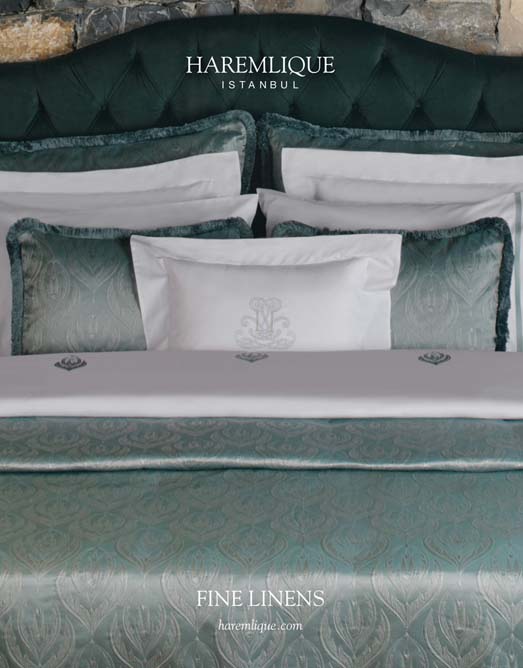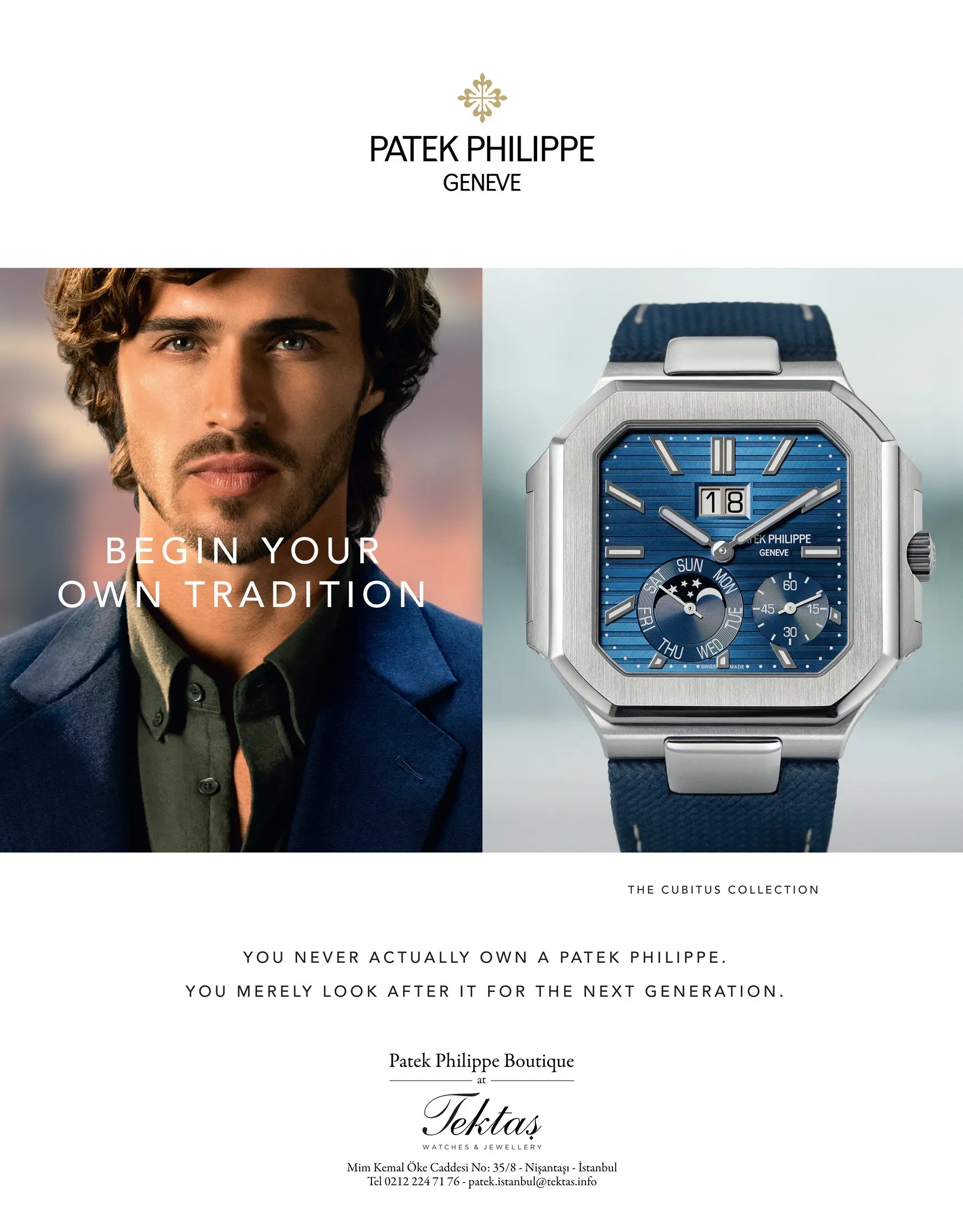On October 15 I made my way to Beyoğlu for the opening of an exhibition of paintings by the artist Rahşan Düren entitled Verwegenheit, which I believe means ‘audacity’ or ‘boldness’ in German. I had been told that Aydın Esen, described as the best jazz pianist in the world by no less a figure than Chick Corea, was to give a piano recital, and the prospect of listening to him was an additional draw. And so it was that I betook myself to Beyoğlu in the evening rush hour, braving the traffic on Tarlabaşı Bulvarı, the road between Taksim Square and Şişhane. The venue for the exhibition was Tarhan Han, a recently-restored commercial building on Meşrutiyet Caddesi, Tepebaşı that overlooks the front gate of the British Consulate.
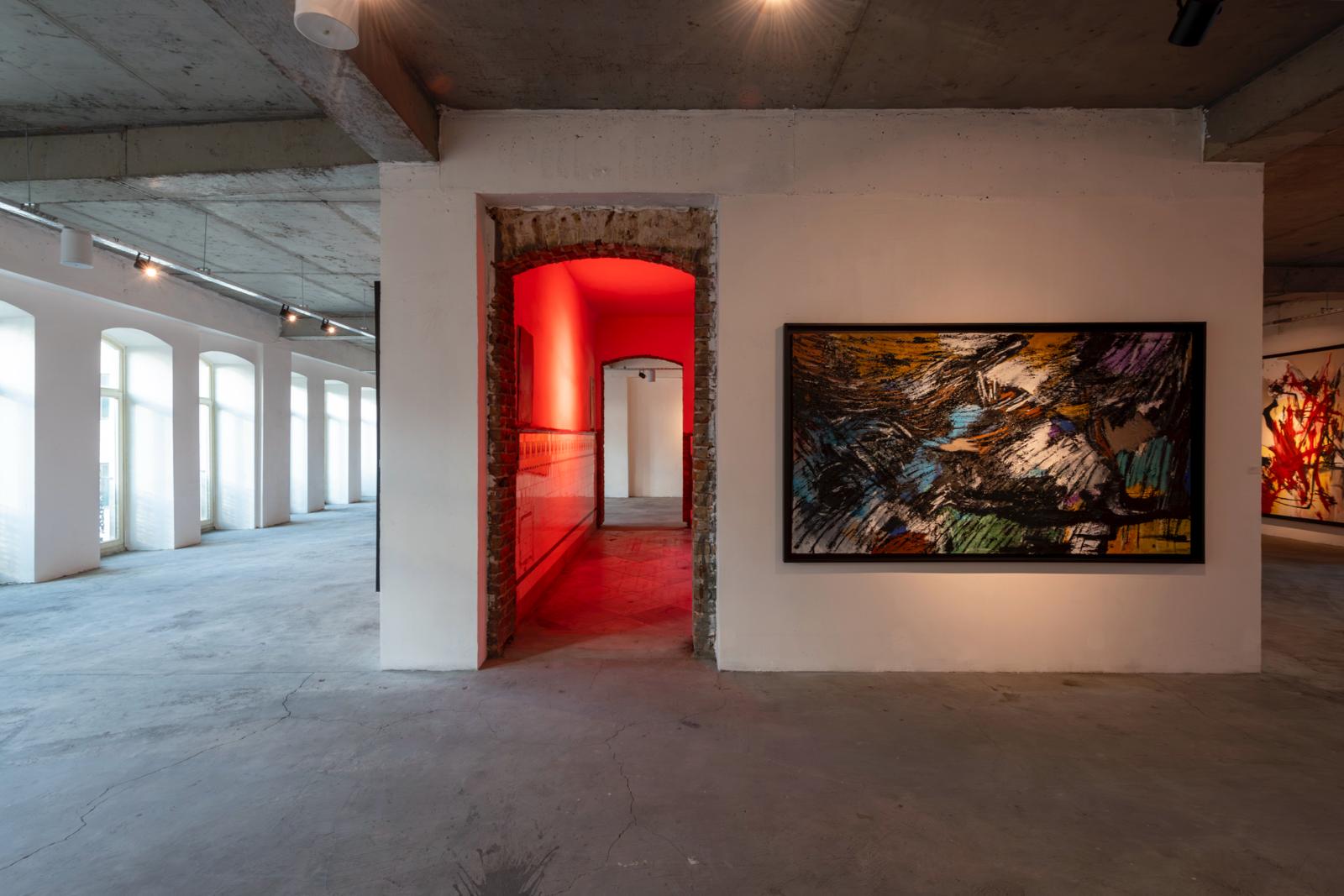
Paintings by Raşhan Düren at the Tarhan Han until 31 December
The paintings of Rahşan Düren, born in Germany and educated in Germany, Switzerland and Italy, were first shown in Switzerland in 1993. Her second exhibition took place in Aachen, where she studied History of Art, Philosophy and Political Science. Art was never her only interest in life, however: she graduated in Medicine from the University of Köln. After relocating to Istanbul, where a further exhibition of her work (this time featuring music from Aydın Esen, whom she regards as a source of inspiration) was mounted in 2013, Düren continued on her career path in Medicine, specialising in Adult Psychiatry at the University of Marmara. This is not to say that she neglected her art, of course. She also received training in the Sculpture Department of Mimar Sinan University as a guest student. Verwegenheit is her seventh solo exhibition.
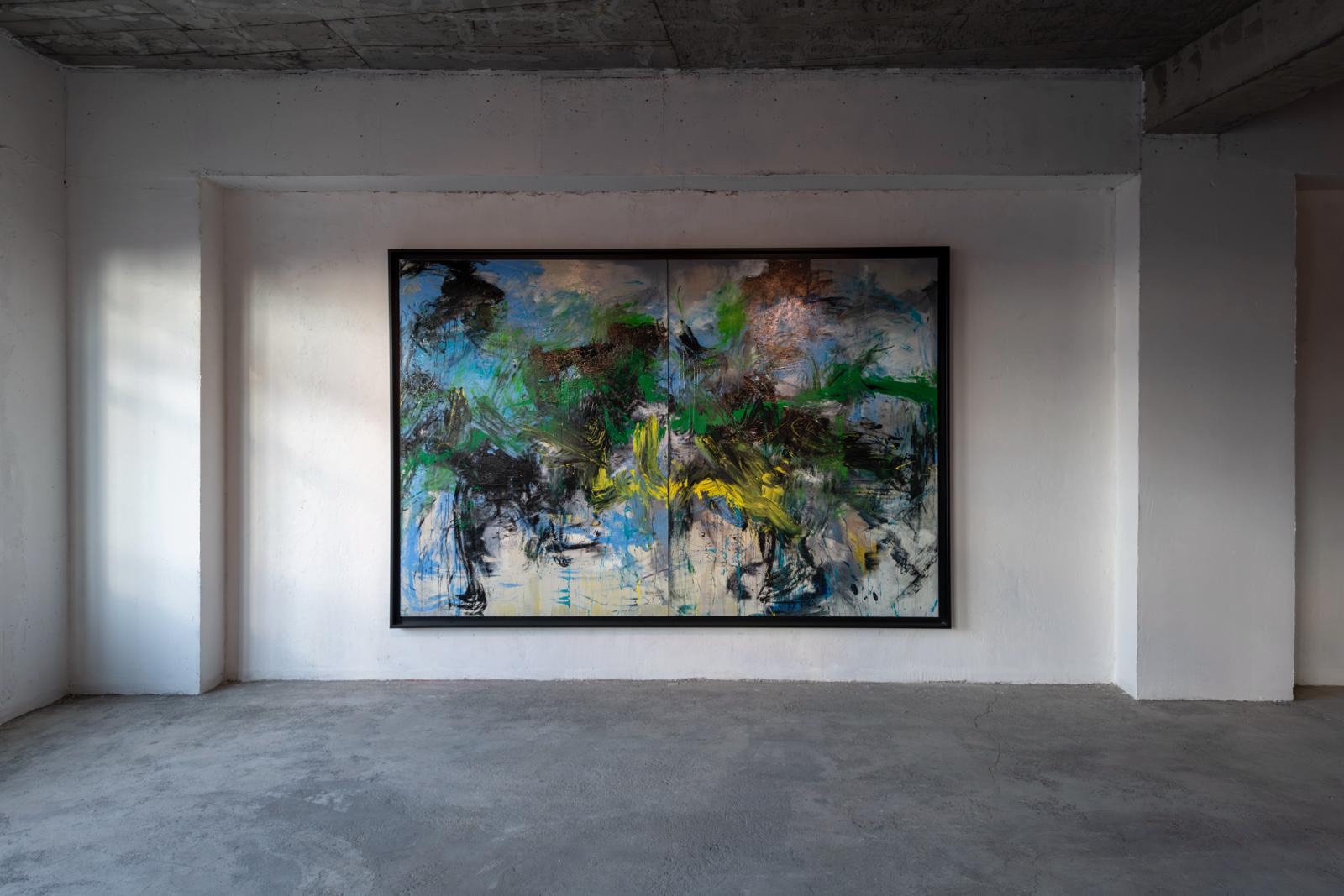
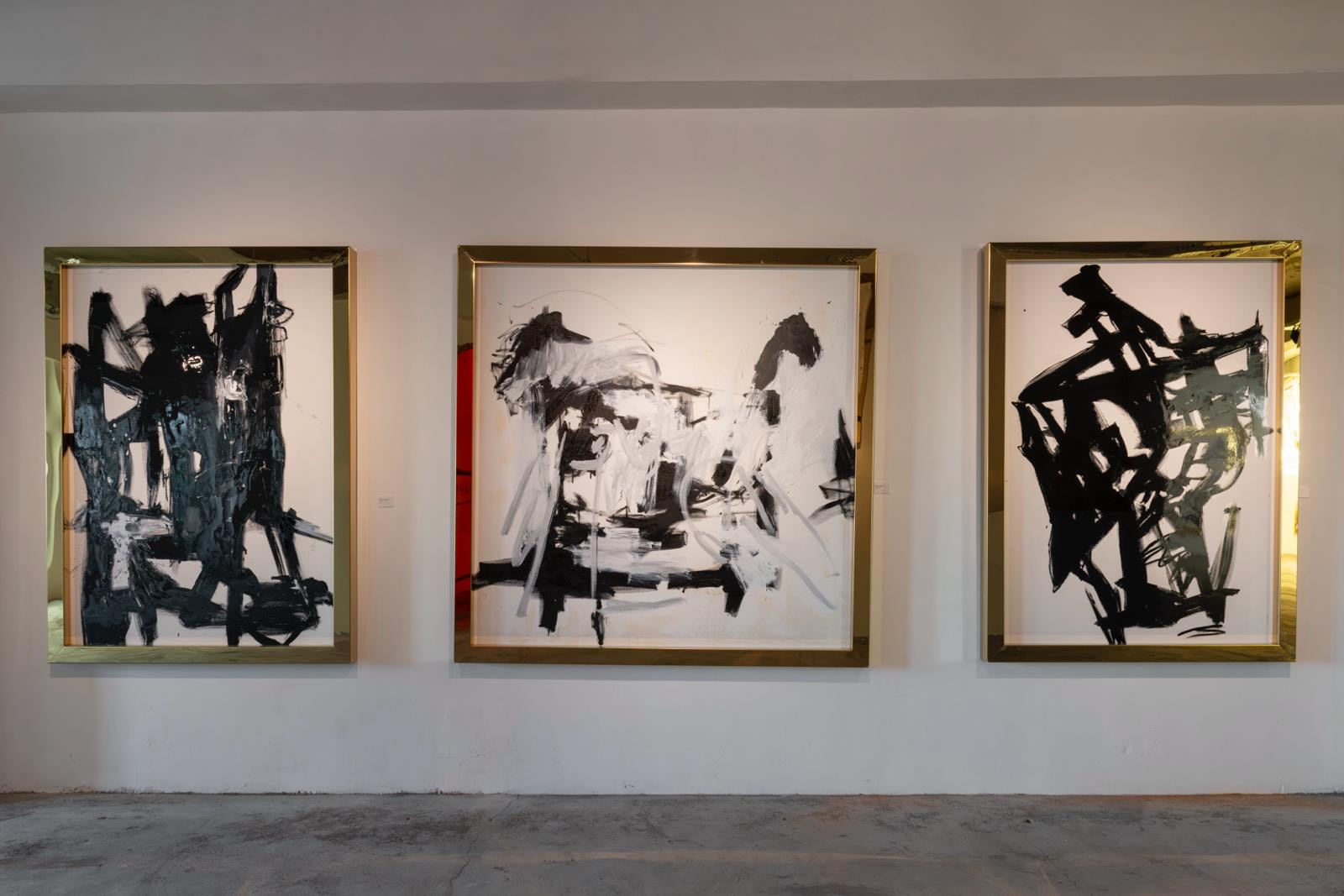
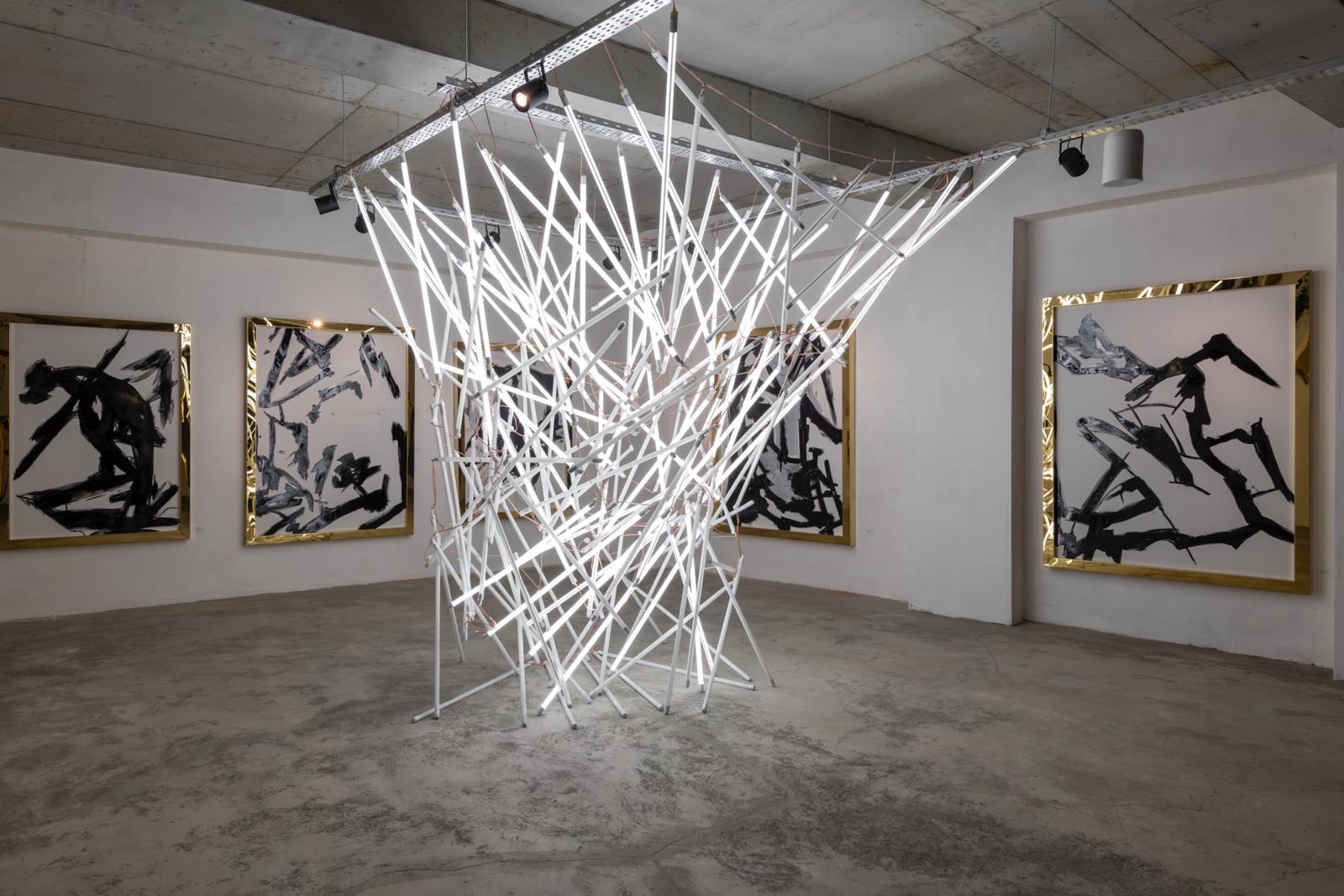
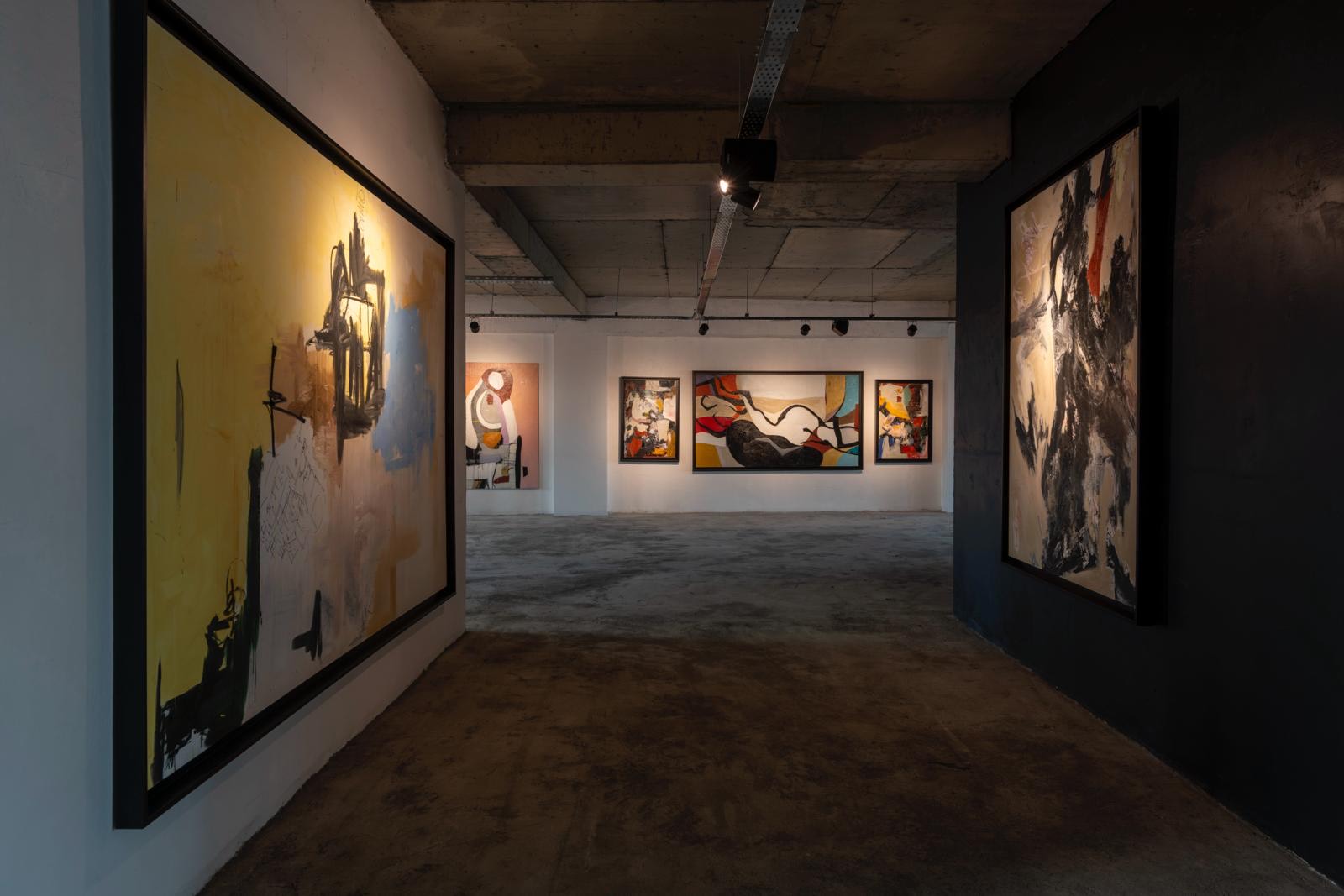

I must make it clear at the very outset that I am an ‘ear person’ who has absolutely no claim to know anything about the visual arts. All I feel emboldened to say about the exhibition itself is that among the large number of highly expressive works on display – some in black-and-white, some in colour – were a few that reminded me of Japanese calligraphy. Here is a link to some more photographs.
My companions and I ascended the various floors of Tarhan Han, finding something to admire at every turn. We eventually reached what I think was the fourth floor some time before 9 pm, the hour at which Aydın Esen was due to perform. Suddenly I was collared by Prof. Dr. Mete Düren, Rahşan Düren’s endocrinologist spouse, and led towards the grand piano that stood in one corner of the room. I was introduced briefly to Aydın Bey, and took up a stance against the wall only a couple of metres behind the piano stool.
Almost immediately the chords – alternately luscious and incisive, in the manner of Debussy – commenced. They left me wondering where the improvisation (for that is what it was) would go from there. Which of the various paths through the forest would he choose to go down? Then the music took an unexpected turn, and a series of upward-and-downward flourishes, played rapidly but with absolute evenness, began, leaving no doubt as to the pianist’s technical mastery. As the journey progressed I heard him touch base with those initial chords, now subtly transformed, thus demonstrating that their creator was well aware of the need to develop his themes. But Aydın Esen is not just musically inventive. He also has the incredibly rare ability to make atonality sound like a version of tonality that is just as pleasing to the ear as tonality itself, if not actually better for being more original. (Does that make sense?)
Then Cenk, Aydın Bey’s younger son, joined his father on the piano stool. First he laid down some bass rumblings; then the two changed places, and the son continued the tinklings at the top of the instrument that the father had begun, but in a slightly different style. As a musician he has an idiom of his own that may be less strictly ‘aesthetic’ than his father’s (a Taurus like Aydın Bey is bound to weight the scales on the side of harmoniousness, thanks to the rulership of his sign by Lady Venus, and it is of course his Taurean sureness of step that gives his music that sense of ‘rightness’), but Cenk’s take on the relative quantities of likes and spikes to put in his musical pick ‘n’ mix undoubtedly gives his work a more modern flavour. He still has time to develop, and one wonders where his palpable sense of adventure will lead him next.
As father and son continued to combine their skills in novel ways, the sounds washed over me like the proverbial mountain stream – though in view of the constantly-changing scenes unfolded by the music it would probably be more accurate to compare the experience to the whizz-past of headlights in evening rush-hour traffic. In other words, it was mesmerising. When it was all over I was so dazed that I had difficulty keeping myself upright. It was only with difficulty that I staggered out of the forest and returned, with reluctance, to Timeline A.
So thank you, Rahşan and Mete Düren, for inviting me to this event, which will remain in my memory for a long time. It only remains, then, to pass on to fresh fields and passacaglias new, in accordance with the spirit of improvisation that William Blake sums up so well in his poem ‘Eternity’:
He who binds to himself a joy
Does the wingèd life destroy;
But he who kisses the joy as it flies
Lives in eternity’s sun rise.
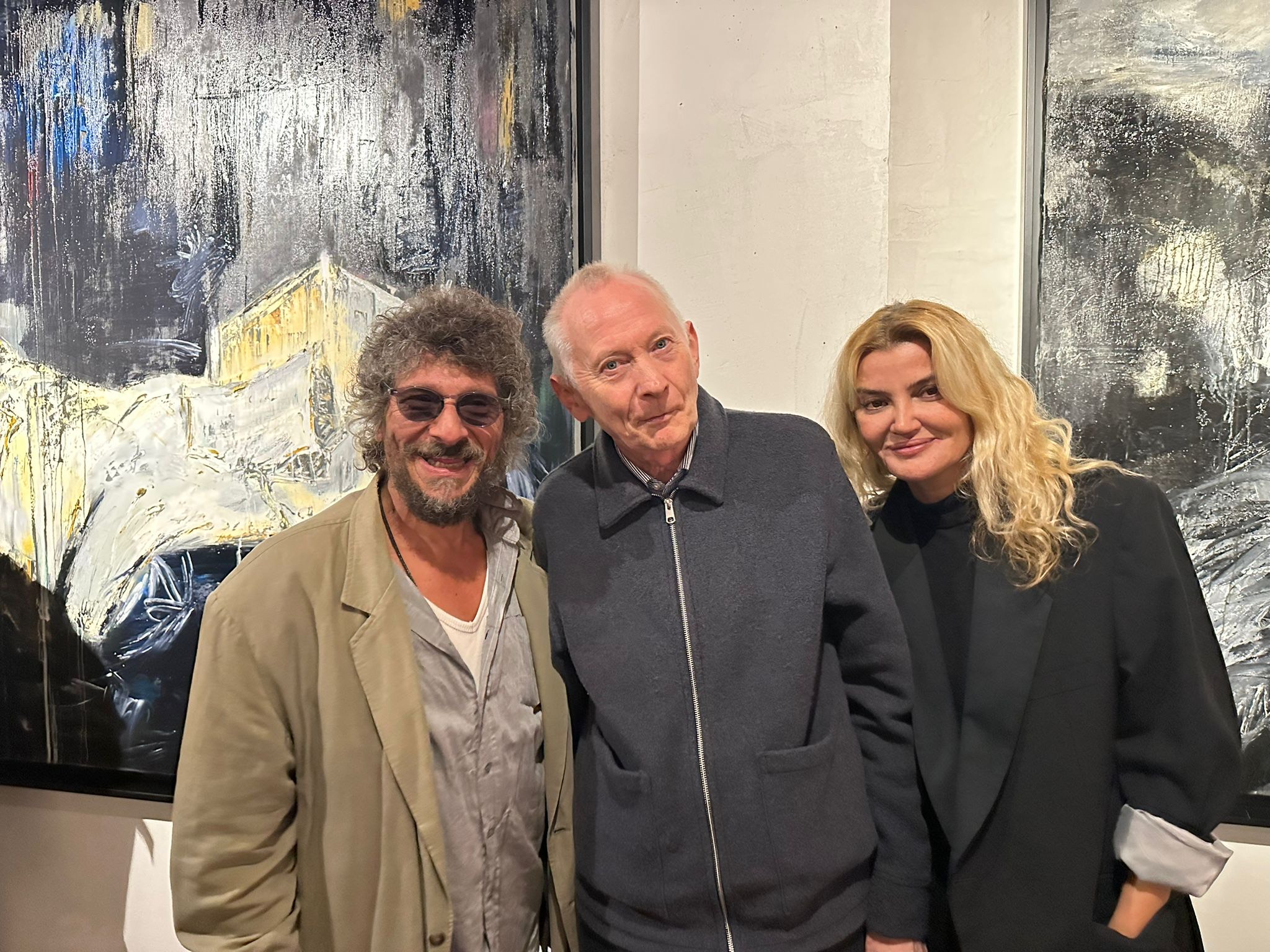
John Shakespeare Dyson (centre) with Aydın Esen and the artist Rahşan Düren at the opening of Verwegenheit, October 15








